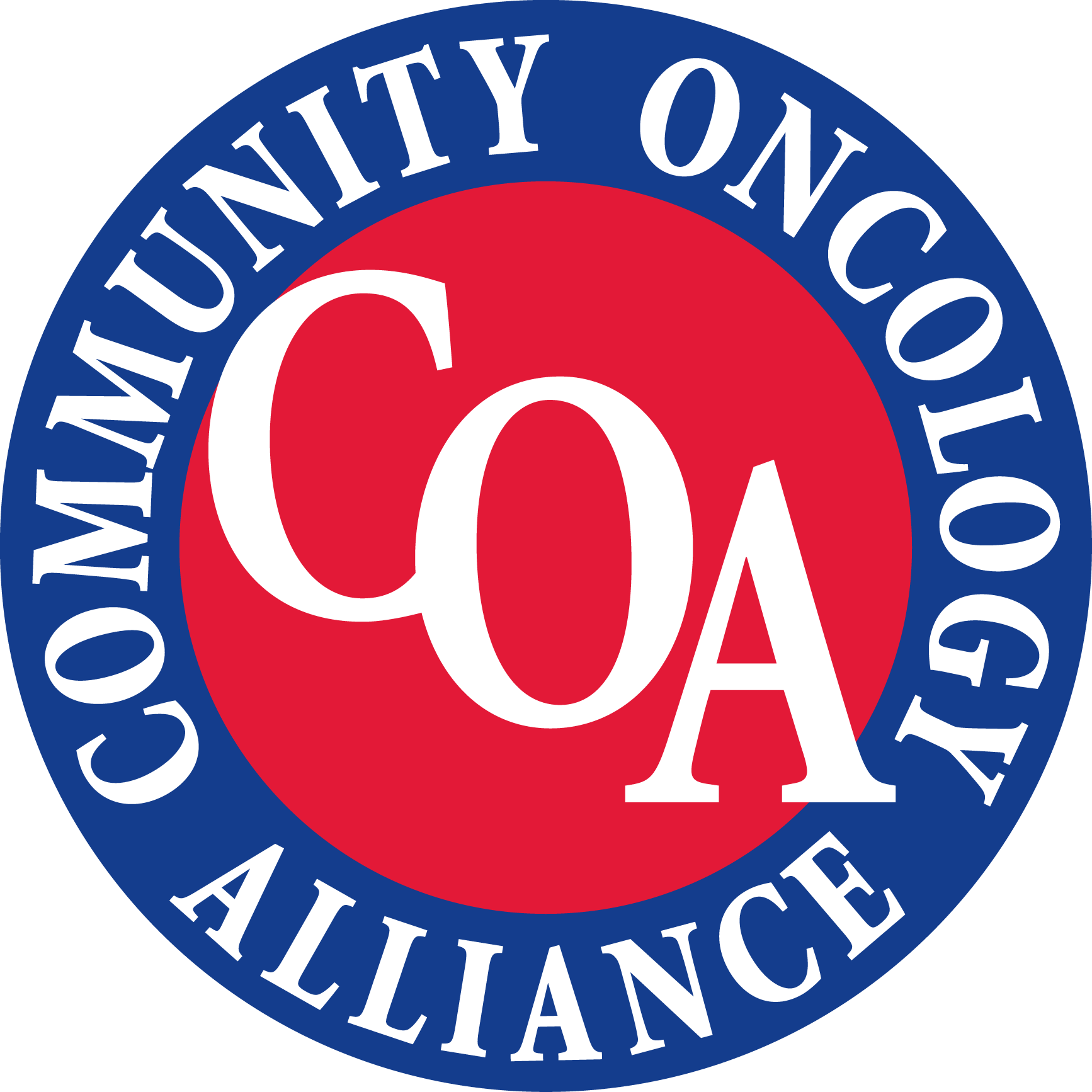
Dr Michael Diaz Explains Challenges to Capturing Electronic Patient-Reported Outcomes

Part of the reason COA recommended a 'ramp up' period is we need time for the vendors to understand what they need to be incorporating in their software, said Michael Diaz, MD, president of Community Oncology Alliance.
Part of the reason COA recommended a 'ramp up' period is we need time for the vendors to understand what they need to be incorporating in their software, said Michael Diaz, MD, president of Community Oncology Alliance.
Transcipt:
When the Oncology Care First Model (OCF) was first released, there was discussion about practices capturing electronic patient reported outcomes. Can you discuss how this would work?
Well, that's another reason why it might be a good idea to not have such an aggressive timeline and why we're asking for a little bit of a delay. First of all, those components are not fundamentally existing in the electronical medical records that we have. So part of the reason why we need a "ramp up" period is because we need to allow time for the vendors to understand what they need to be incorporating in their software. Because right now, I'm sure they'd love to make the changes, but they don't know what needs to be changed in the electronical health record. Those changes need to be instituted from the vendor. Then the practices have to learn and understand how and what's expected to go into those data fields. It's not like flipping a switch, it would be ideal if we could make changes that quickly. But unfortunately, the delivery of cancer care and all the processes involved just to make that happen, are pretty complex. In order to make sure that it's done right and it's done properly, we want to make sure that we know what we're dealing with, that we have the technology, that we know that it works, that we know that our practices know and understand how to use it and what's expected out of them. It would be great if it were as simple as flipping a switch, but unfortunately, that's not the reality.
Newsletter
Stay ahead of policy, cost, and value—subscribe to AJMC for expert insights at the intersection of clinical care and health economics.









































